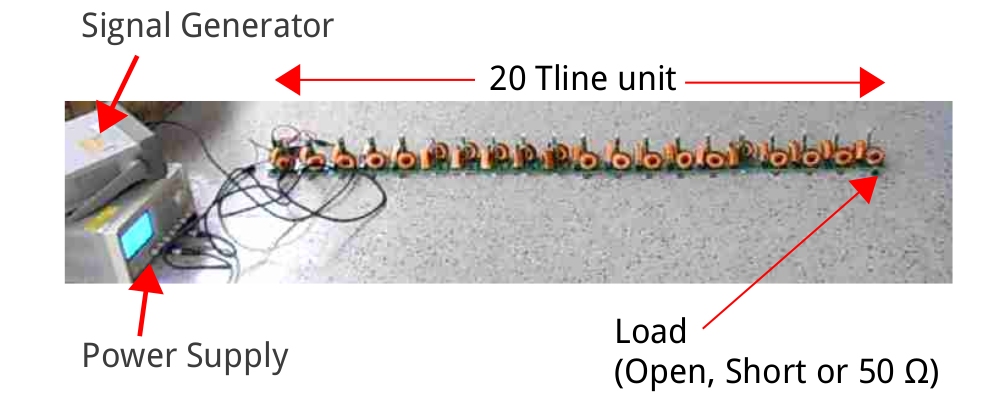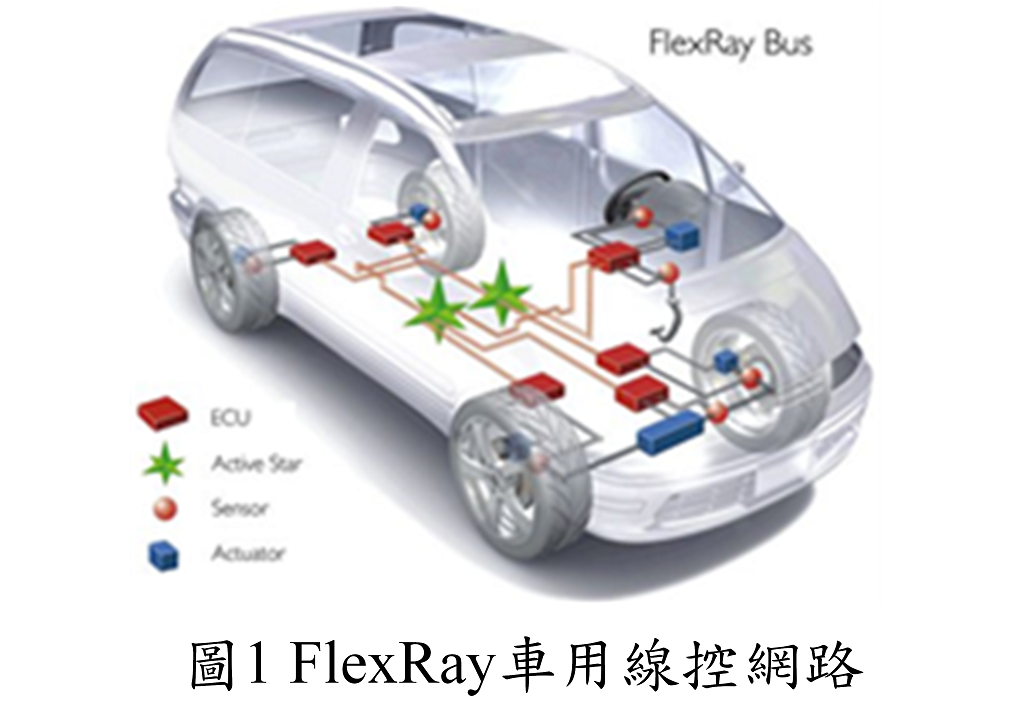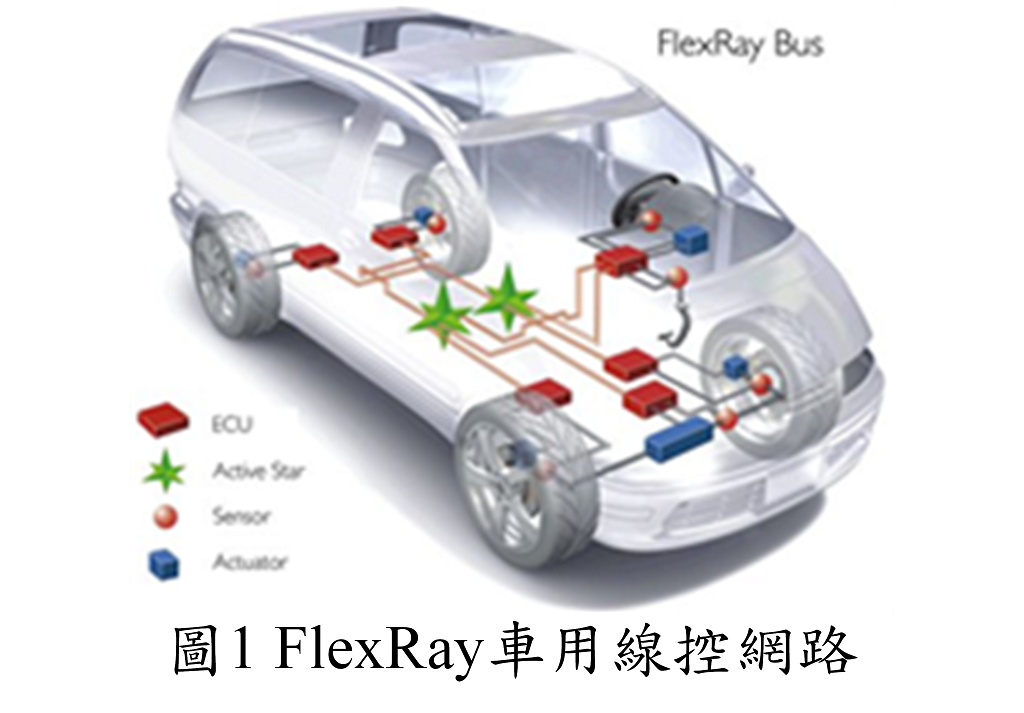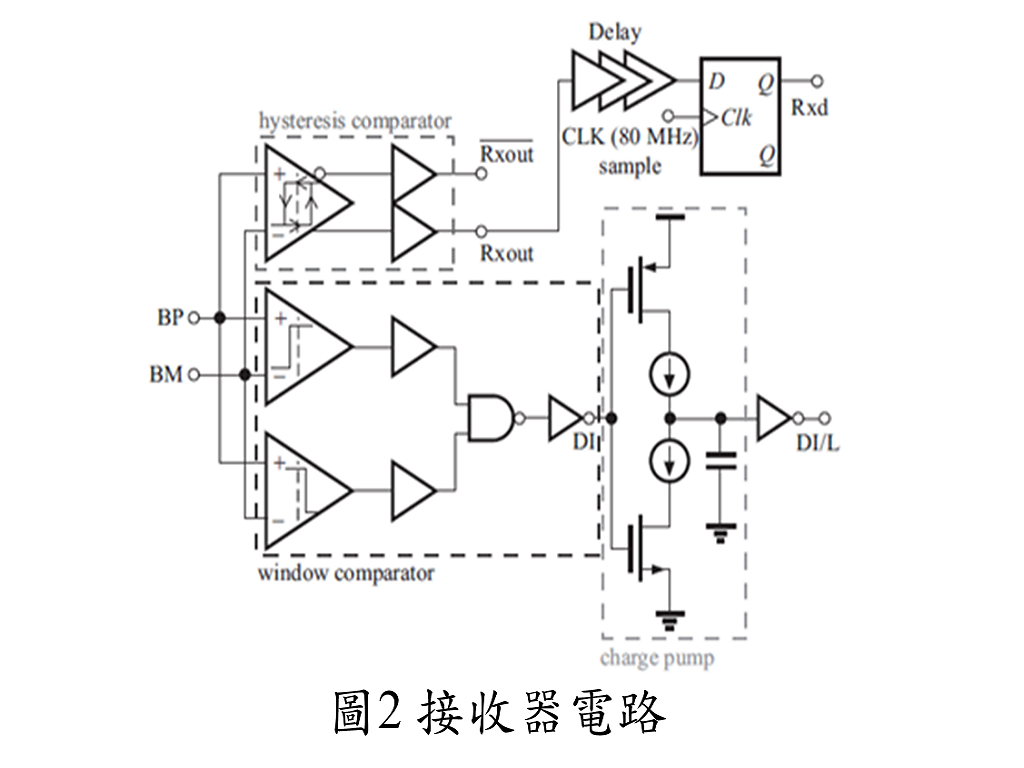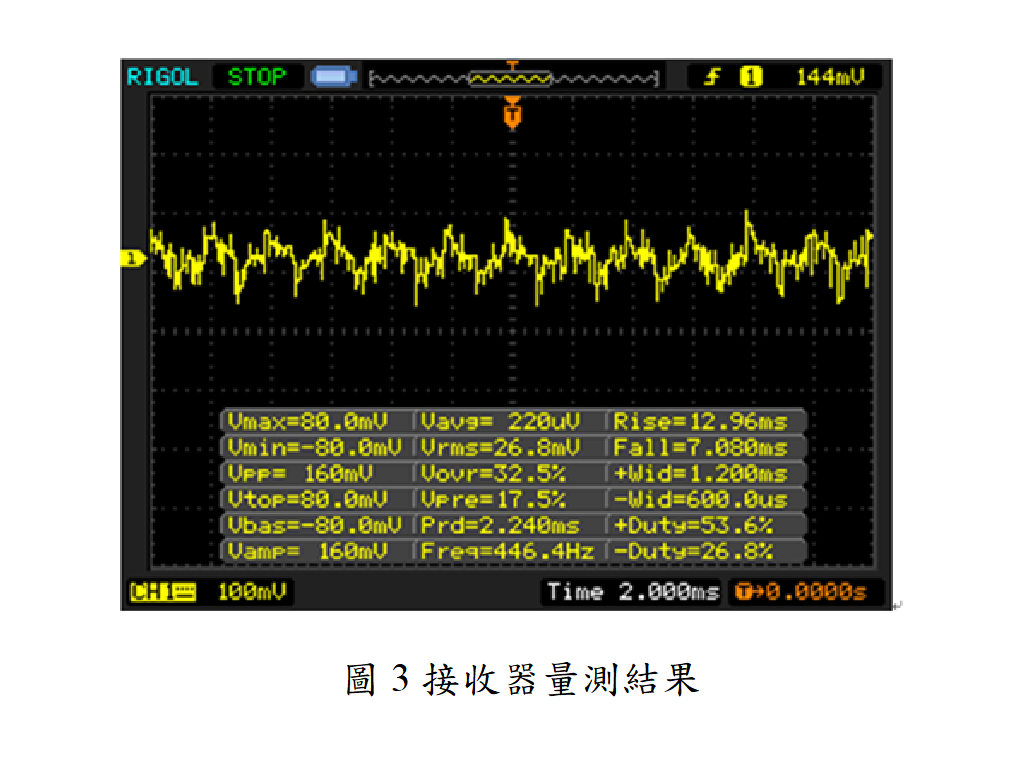| Technical Name | Receiver of the bus driver of the FlexRay communication system | ||
|---|---|---|---|
| Project Operator | National Changhua University of Education | ||
| Project Host | 林志明 | ||
| Summary | The receiver circuit is mainly composed of a hysteresis comparator, a window comparator, and a charge pump. The function of the hysteresis comparator is that when the output logic signal is to transition, one of the two input comparison signal voltages must be greater than or less than the other input voltage by a designed voltage value. The main purpose of this is to filter out noise. The function of the window comparator is to detect and indicate when the input voltage falls within a certain designed voltage range. However, due to the transition of the input signal, it will definitely pass through the designed voltage interval, which will cause a short pulse signal to appear in the output DI of the window comparator. The capacitance value can filter out the short pulse signal. If the input signal becomes Idle state and lasts for a period of time, DI will have a long pulse signal, and the load capacitor on the charge and discharge pump will be discharged to zero. The status is Idle. |
||
| Scientific Breakthrough | This technology discusses the FlexRay electronic physical layer. Among the FlexRay products, the FlexRay chip set model TJA1080 produced by Philips is the first; however, this chip set uses a dual carrier junction transistor (Bipolar Junction Transistor, BJT ) And complex and undisclosed circuit design to meet FlexRay's specifications for communication protocols. Therefore, there is currently no public technology on the market that discusses how to design a circuit architecture to meet the FlexRay communication protocol specifications. Therefore, one of the technical aspects of the present disclosure is to provide a FlexRay transmitter and its receiver, which are implemented with CMOS logic gates, which are cheaper than the products manufactured on the market. |
||
| Industrial Applicability | FlexRay technology is a high-speed bus system with certainty, fault tolerance, and support for distributed control systems. At present, FlexRay is actively rushing into the “electronics” domain and is expected to be the main technology for the next generation of X-by-wire vehicle applications, which can reduce the support of the backup mechanical system. |
||
| Keyword | Electric vehicles wire-controlled circuits FlexRay transmitters CMOS high reliability high accuracy low cost low power consumption integrated circuit | ||
- zmlin@cc.ncue.edu.tw
other people also saw

